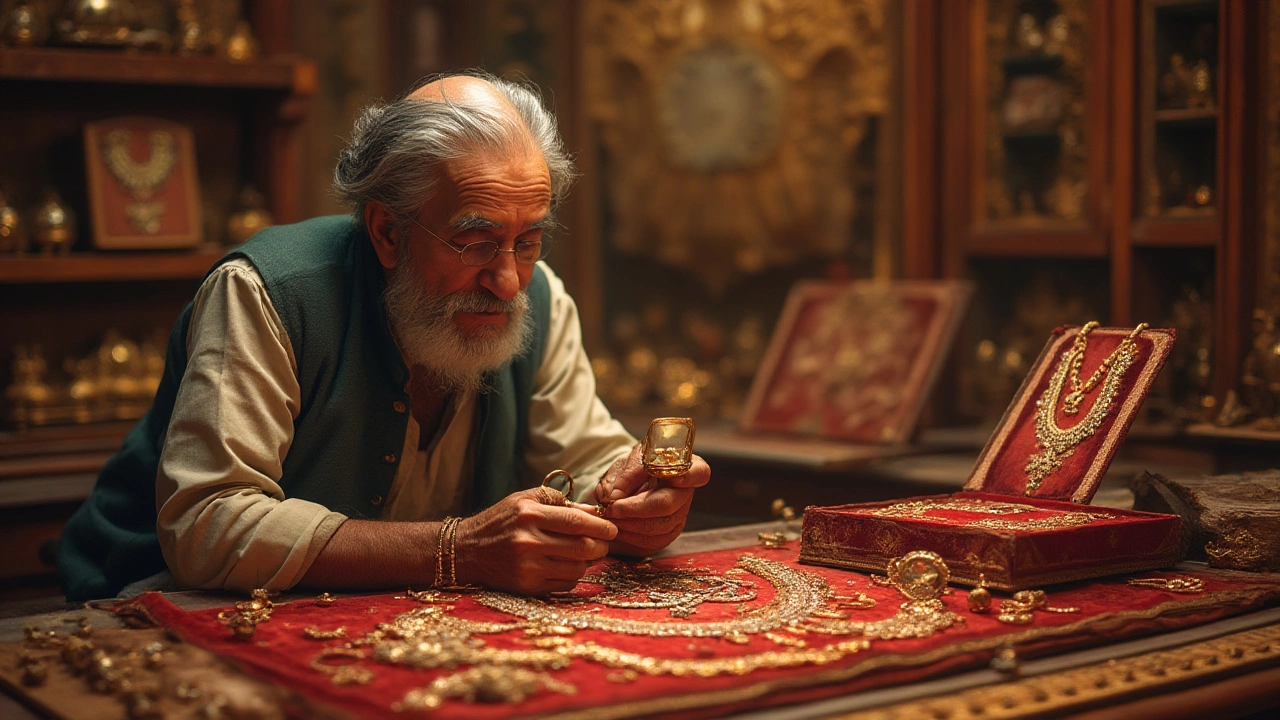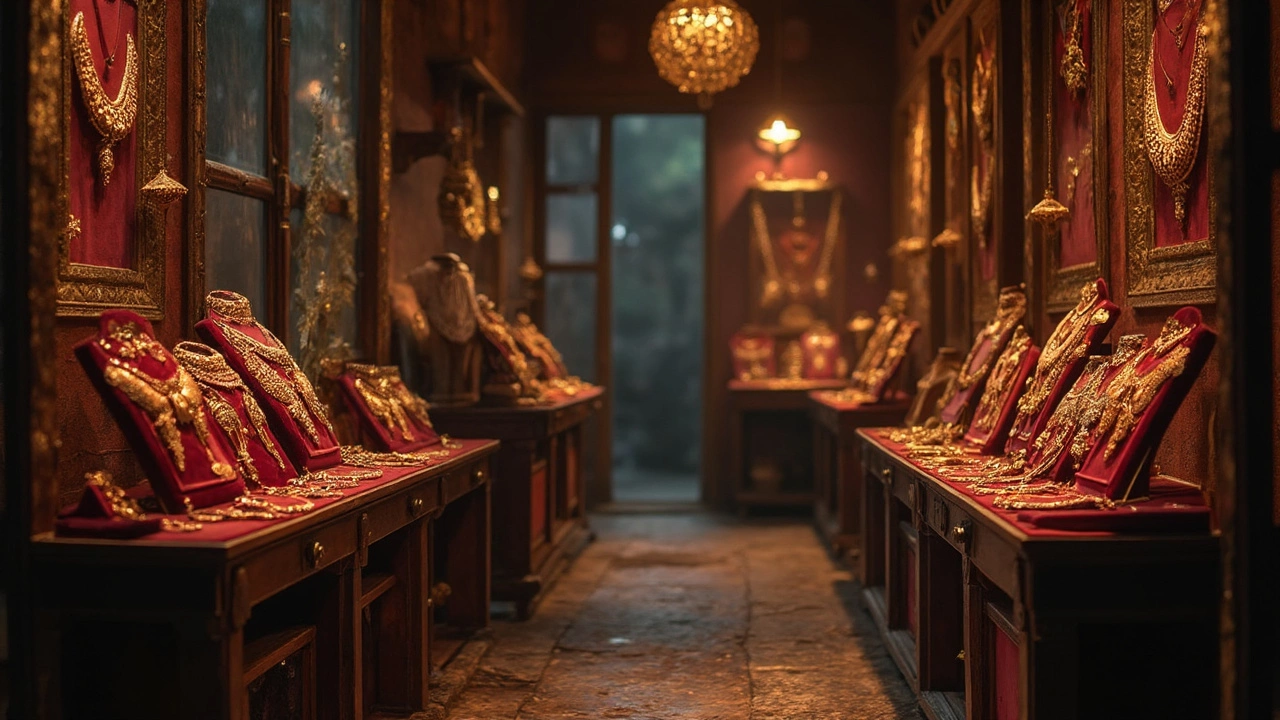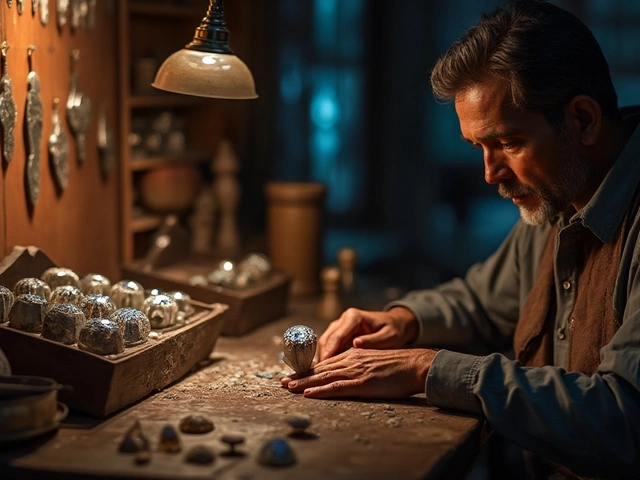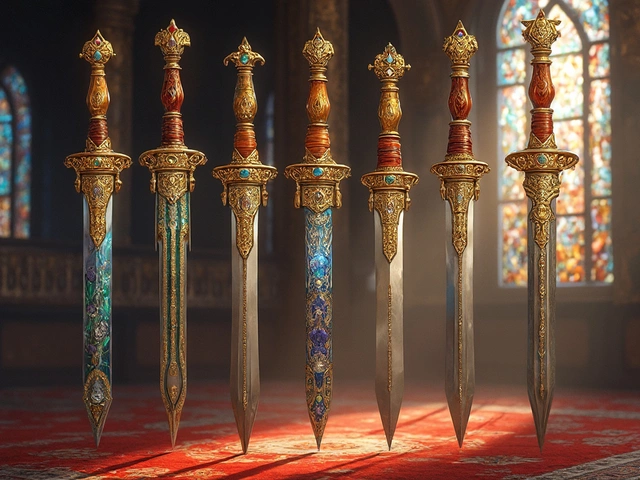Antique Jewelry Age: Spotting, Dating, and Caring for Vintage Gems
If you’ve ever stared at an old brooch or a faded ring and wondered how old it really is, you’re not alone. Figuring out the age of antique jewelry isn’t magic – it’s a mix of looking at hallmarks, styles, and the metal itself. In this guide we’ll break down the basics so you can judge an item’s era in just a few minutes and keep it looking fresh for years.
Read the Hallmarks Like a Pro
The quickest clue is the stamp on the piece. In India, the BIS hallmark shows gold purity, and older pieces often carry different numbers like ‘875’ for 21‑karat gold or ‘833’ for sterling silver. Look for a city mark (Mumbai, Surat, etc.) and a year digit if it’s there. Even a tiny alphabet can tell you the maker or the workshop. When you spot a hallmark, match it with a quick online chart – no need to be an expert, just a bit curious.
Style Signals: What Era Does It Echo?
Design trends shift like fashion – the curves of the 1920s Art Deco differ from the filigree of the Mughal era. Heavy, chunky gold with large gemstones screams the 1970s, while delicate enamel work points to the early 1900s. Look at the setting: screw‑back stones were common before prong settings took over in the 20th century. A quick visual comparison with pictures from trusted blogs can give you a solid guess.
Don’t forget the wear pattern. Older jewelry often has smooth, rounded edges from years of handling, while newer pieces may have sharper lines. Patina – that natural darkening on silver – builds up over decades and is a good age indicator, especially if it’s consistent across the piece.
Now that you have a rough date, protecting the piece is the next step. Store antique items separately in soft pouches to avoid scratches. Keep them away from humidity and chemicals; a simple airtight box with a silica packet does wonders. When cleaning, use a gentle cotton swab with mild soap water – avoid harsh polishes that can strip the original finish.
If you plan to wear an heirloom, consider a professional appraisal. An expert can confirm the age, value, and any hidden repairs that might affect its integrity. Even a quick visit to a reputable jeweler can spot rewiring or solder marks that signal later alterations.
Finally, enjoy the story your antique jewelry tells. Each mark, each design choice is a snapshot of the time it was made. By learning to read those clues, you’re not just buying a piece of metal – you’re holding a piece of history in your hands.
How Old Must Jewelry Be to Be Considered Antique? Modern Guide to Antique Jewelry Age
Wondering what makes jewelry 'antique'? Learn the key age cutoff, insider facts, dating tips, and what separates antique pieces from vintage.
When Does Jewelry Become Antique?
Antique jewelry fascinates enthusiasts and collectors alike with its century-old stories and timeless designs. But when does a piece truly classify as 'antique'? Generally, jewelry must be at least 100 years old to earn this title. Distinguishing between antique, vintage, and newer pieces requires understanding the nuances of historical styles and materials. This article guides you through recognizing antique jewelry and appreciating its unique charm.





